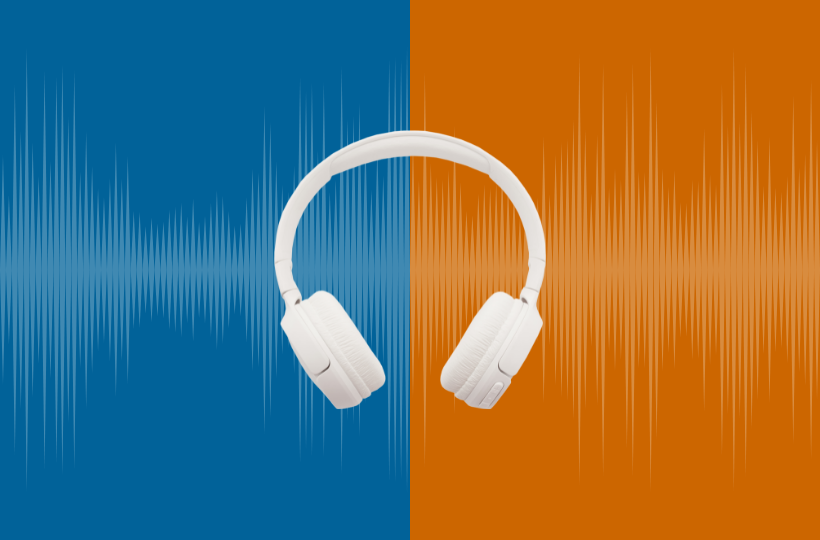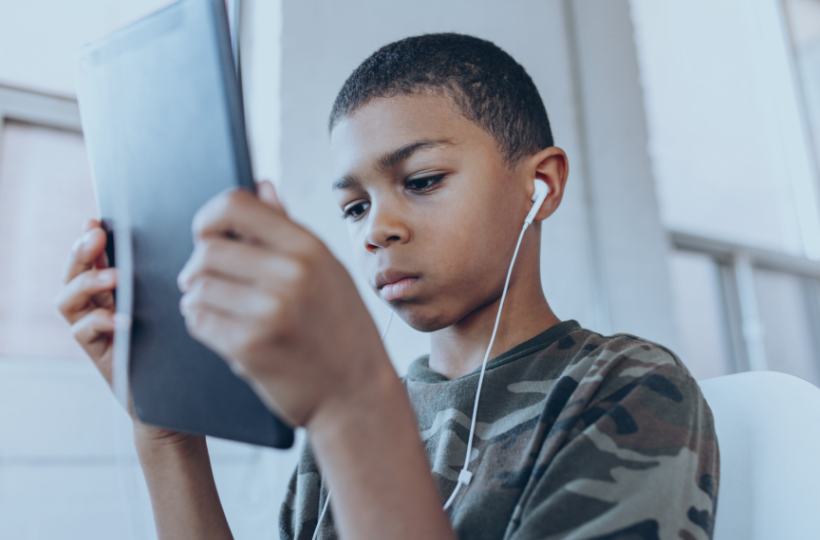5 Predictions for Wireless Audio Streaming in 2022

As A/V technologies grow more advanced and consumers become more reliant on their smartphone devices, we expect the field of local audio over WiFi to continue growing in the new year. Below are our 5 predictions for wireless audio streaming in 2022. 1. Increased Focus on Accessibility If there is one positive thing to come […]
